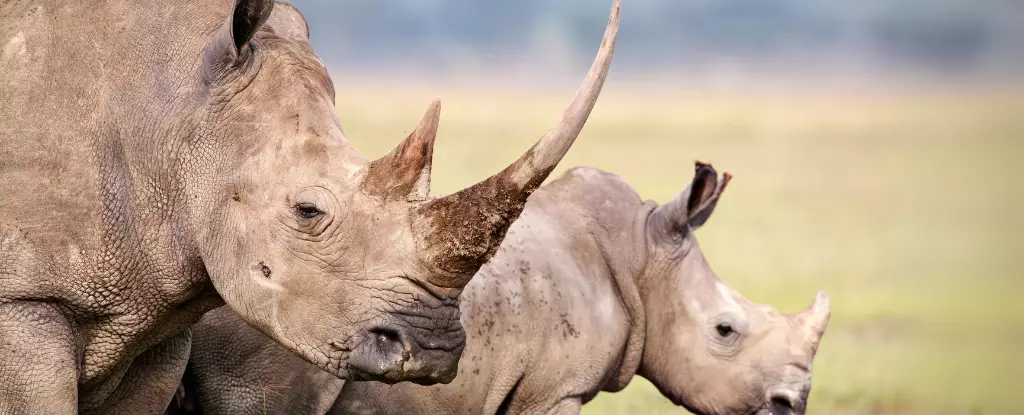In a groundbreaking effort to combat the rampant poaching of rhinos in South Africa, scientists have embarked on a unique project involving the injection of radioactive material into live rhino horns. The objective of this pioneering initiative is to make the horns easier to detect at border posts, ultimately deterring poachers who thrive on the demand for rhino horns in traditional medicine practices in Asia.
Implementation at the Limpopo Rhino Orphanage
At the Limpopo rhino orphanage in the Waterberg area of South Africa’s northeast region, scientists have administered radioisotopes into the horns of a few selected rhinos. Led by James Larkin, director of the University of the Witwatersrand’s radiation and health physics unit, the team has strategically placed “tiny little radioactive chips” into the horns. According to Nithaya Chetty, a professor and dean of science at the university, this radioactive material renders the horn essentially poisonous for human consumption, making it undesirable in the illegal wildlife trade.
Contrary to concerns about the well-being of the rhinos and the surrounding environment, the scientists reassure that the dose of radioactive material is minimal and poses no threat to the animal or the ecosystem. The process, carried out on sedated rhinos, ensures that the animals feel no pain and are not harmed during the injection. This innovative approach provides a safe and humane method of protecting the rhinos from poaching activities.
The pilot project, known as Rhisotope, aims to scale up the injection of radioactive material into the horns of twenty live rhinos. This dose is strategically set to trigger detectors installed at international border posts, originally intended to prevent nuclear terrorism. Border agents equipped with handheld radiation detectors can easily identify the tagged horns, contributing to the global effort to combat wildlife trafficking.
Despite previous methods such as dehorning and poisoning the horns failing to deter poachers, the radiation tagging approach presents a promising solution to the ongoing crisis of rhino poaching. Rhinos, which are highly sought after on black markets, face a constant threat to their survival due to the lucrative trade in their horns. The effectiveness of this novel technique, as hailed by conservationists like Arrie Van Deventer, provides hope for the preservation of these majestic creatures.
As the project progresses, with meticulous care and adherence to scientific and ethical protocols, the future of rhino conservation in South Africa looks brighter. The enduring impact of the radioactive material on the horns, lasting up to five years, proves to be a cost-effective and sustainable alternative to frequent dehorning procedures. With a collaborative effort between scientists, conservationists, and border agencies, the fight against rhino poaching takes a significant step forward towards protecting these iconic animals for generations to come.

Leave a Reply